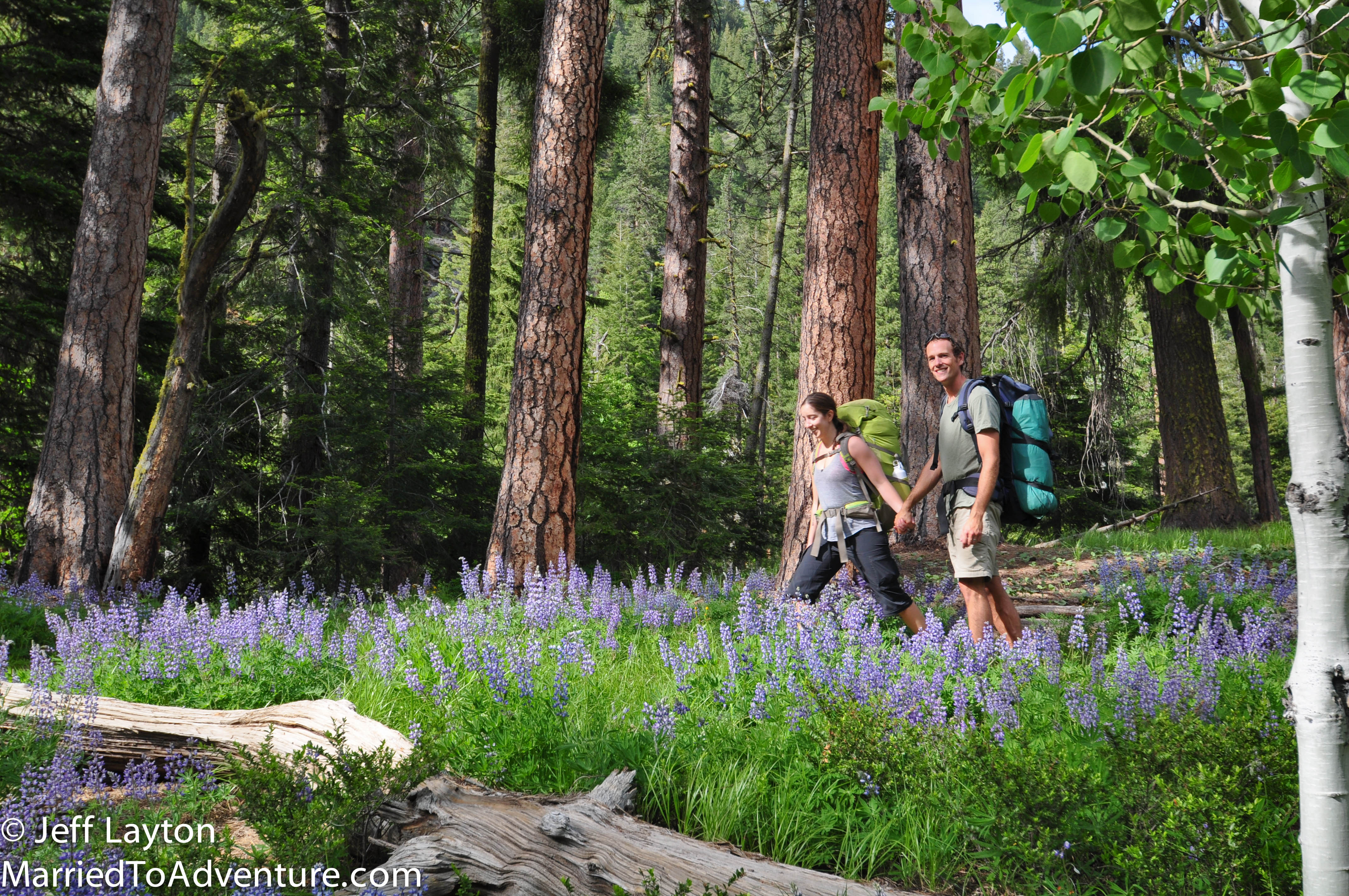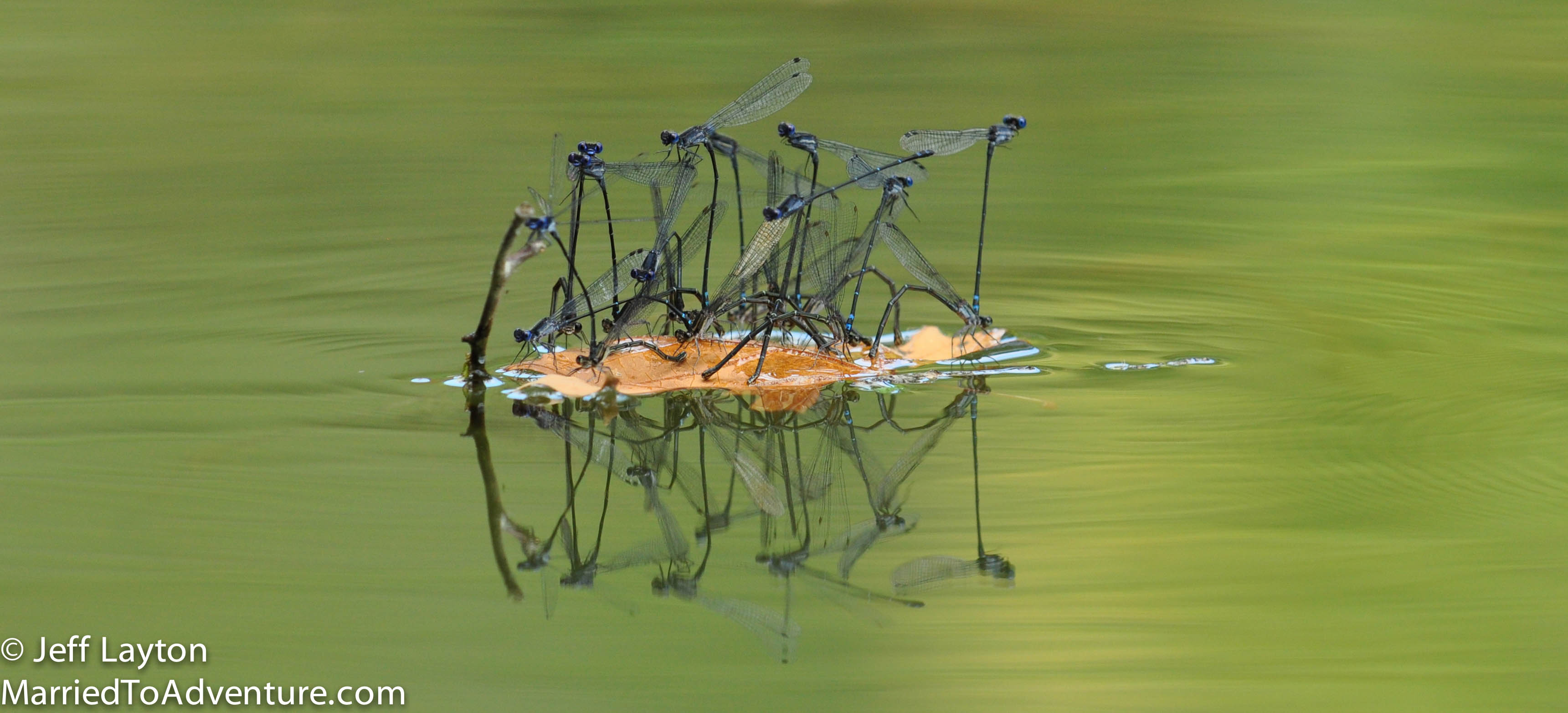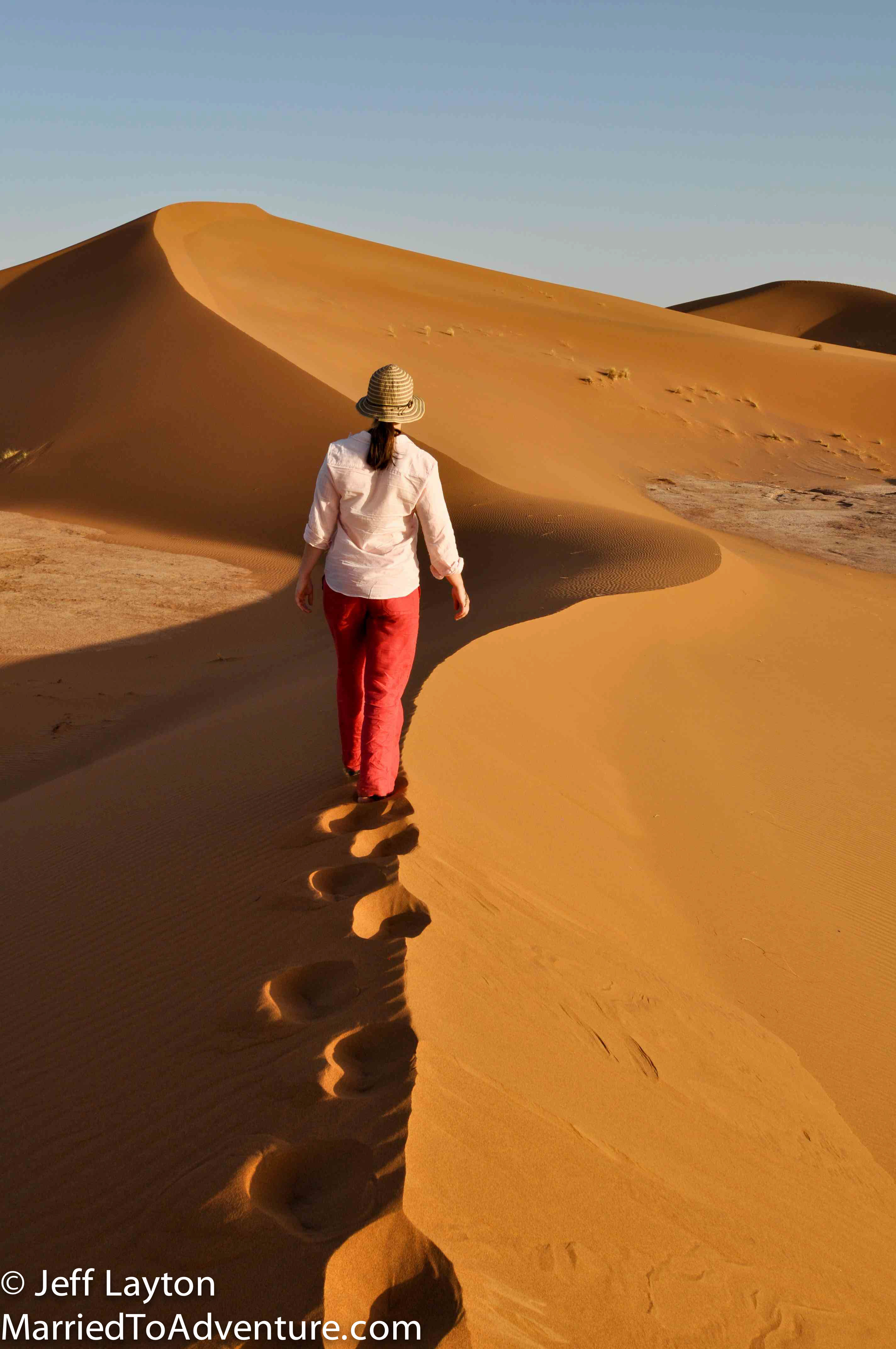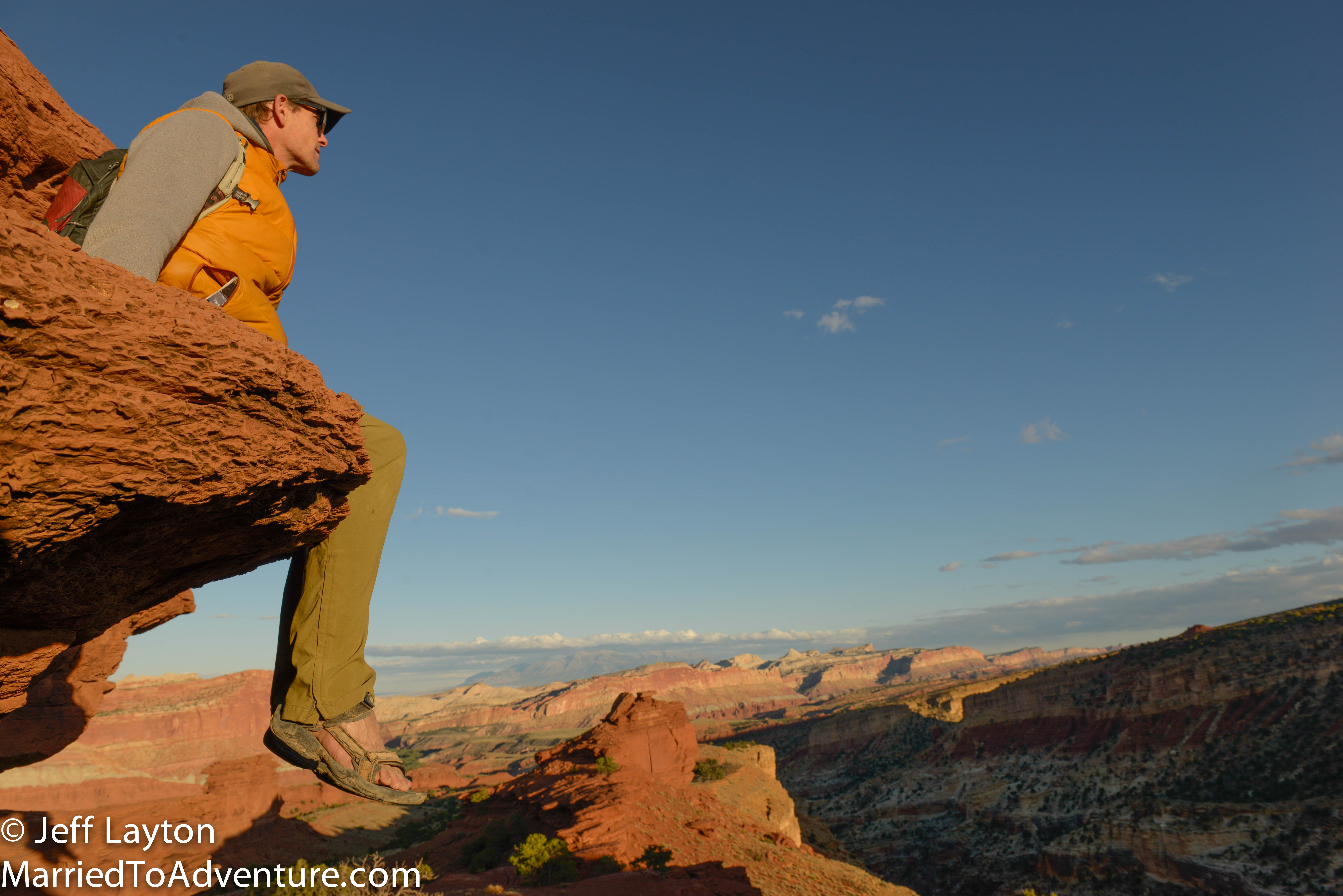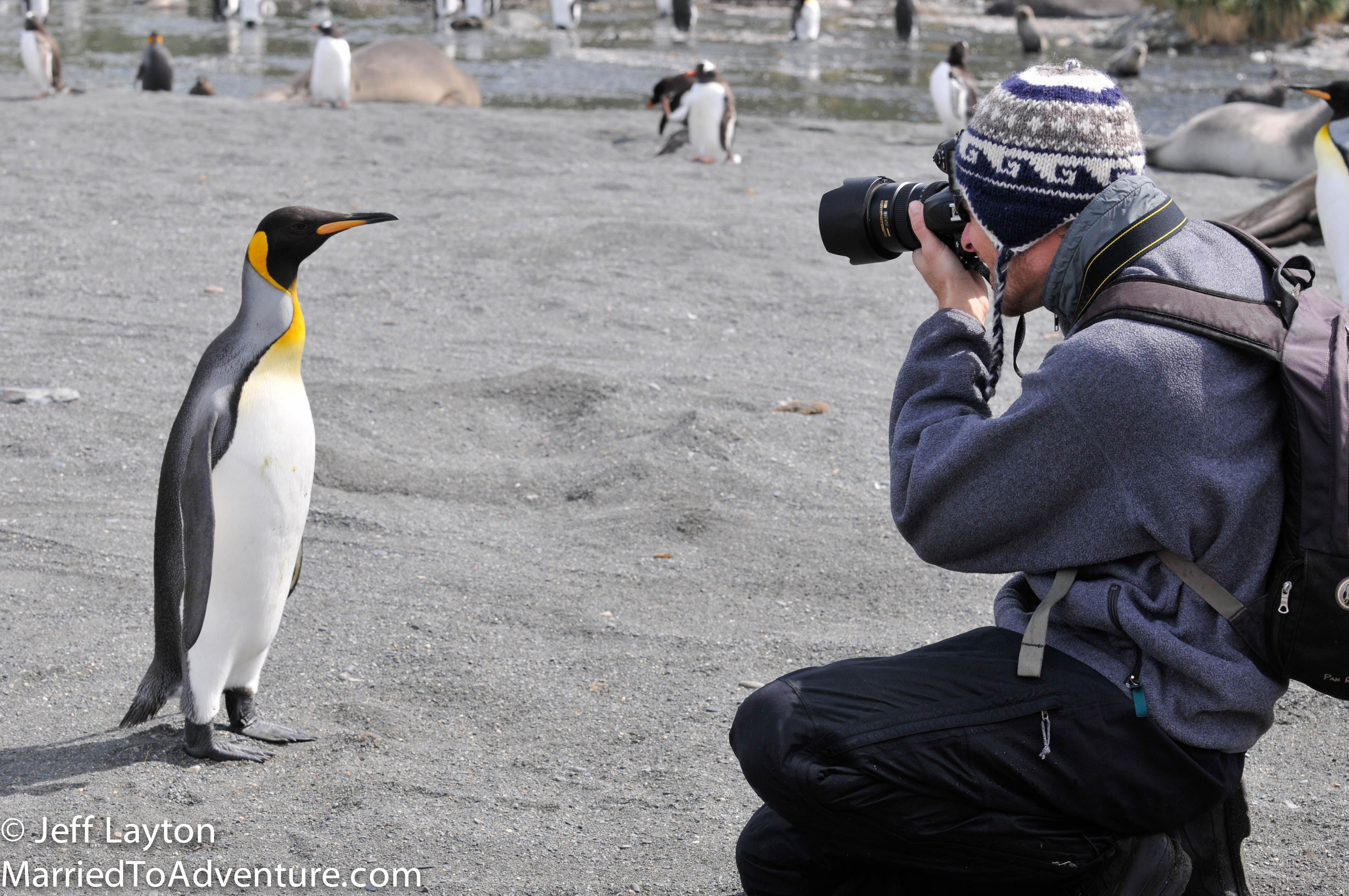
Getting close to wildlife is one of the great joys of being a travel & outdoor photographer. Photo by Tom Layton
When working on a travel article, I often tell my editors that I’m a writer first, and a photographer second. It’s not easy to do both when you’re on assignment, but when you’re working freelance and hustling for every dollar, there’s usually an opportunity to submit photos for consideration and earn a little extra money – if you can take a decent photo.
I haven’t taken an actual photography class since my freshman year in high school, but over the years, I’ve learned a few valuable lessons for what works (and what publishers like to see) in outdoor photography.
Here are 9 tips that will help improve your shots.
To Take Better Photos, Go to More Interesting Places
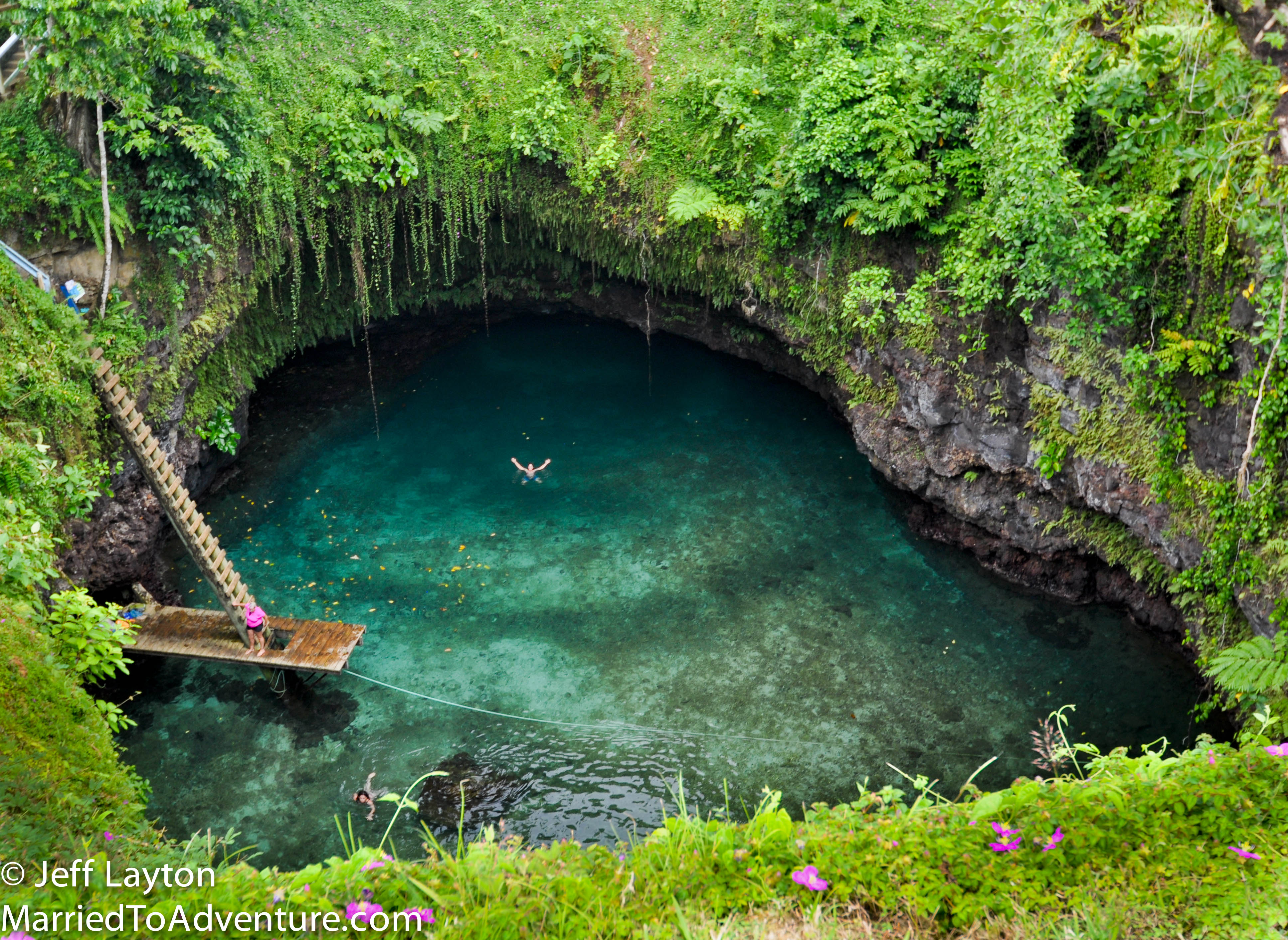
It’s pretty hard to take a boring photo if you’re at an amazing place like the To Sua Ocean Trench in Samoa
While you can always find interesting subjects in your back yard, the biggest thing you can do to take good travel & outdoor photos is to go to places where the subjects are already breathtaking. That means you need to get off the couch and travel!
Where’s Your Subject?
Landscapes have to be pretty amazing before anyone will care to see them. Almost no publication will print a static landscape shot. You need a subject – a person doing something like crossing a stream, a kid on the hiking trail, someone casting a fishing line – something that conjures emotion. The viewer’s eye needs a subject to anchor them and then expand around the shot to take in the setting.
Low Angle/High Angle
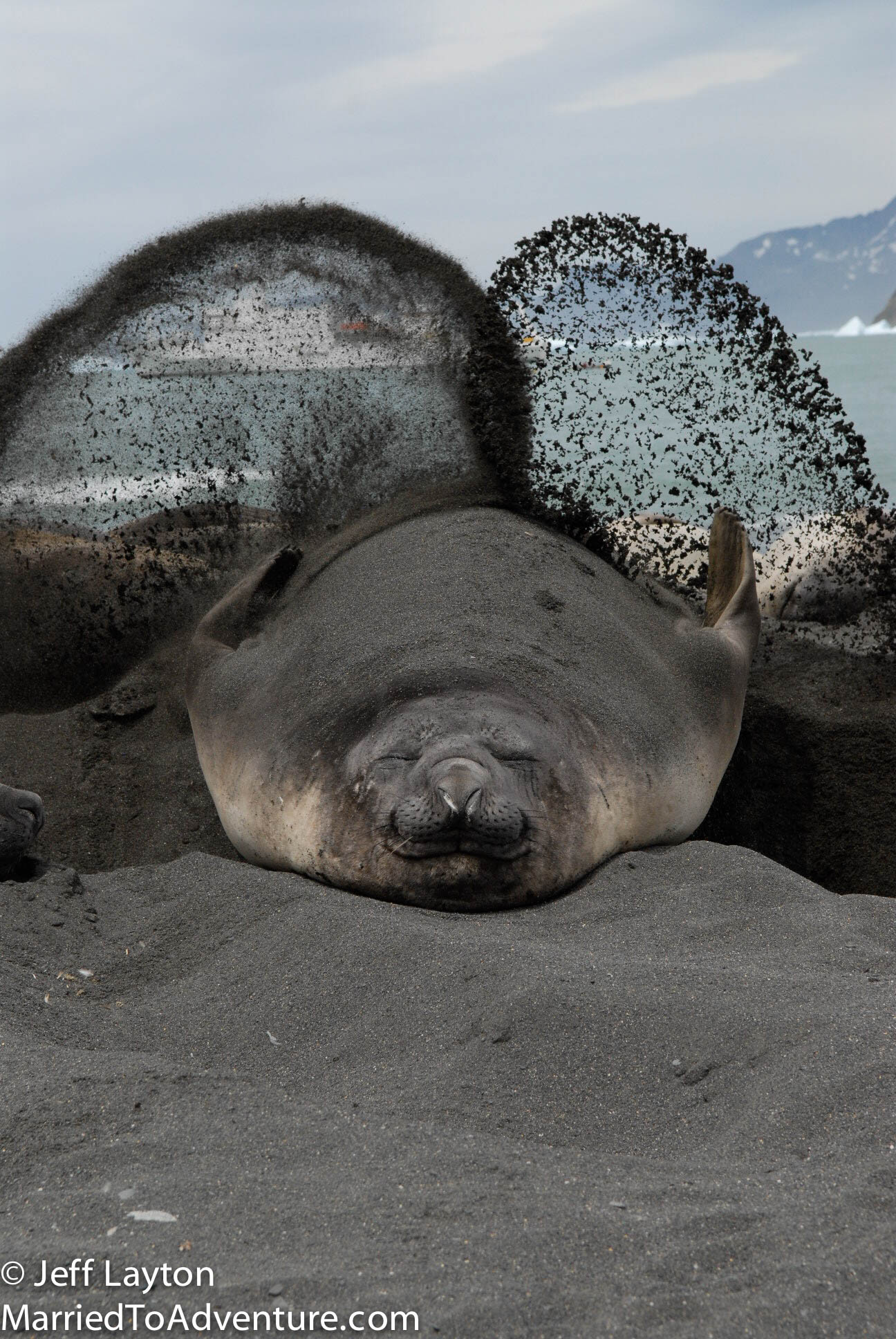
This shot of an Elephant Seal on South Georgia Island near Antarctica was taken while I was almost lying on the sand.
The average person takes nearly 100% of their photos from a standing position. That means almost every shot is about 5-6 feet above the ground. Take the camera away from your face and hold it at ground level, or way above your head. The change of position may give an average photo a unique perspective.
When Things are Meh, go for the Macro
Conditions may not be ideal for the panoramic landscape shot, so when the weather or the light is uninspiring, try to find interesting close-up subjects like flowers or ice.
Sun at Your Back
The biggest mistake amateur photographers make is facing the wrong direction. You almost always want the sun at your back for the best exposure. Only occasionally will you shoot into the sun to get an artistic sun flair or other dramatic effect.
When in Doubt Shoot a Lot
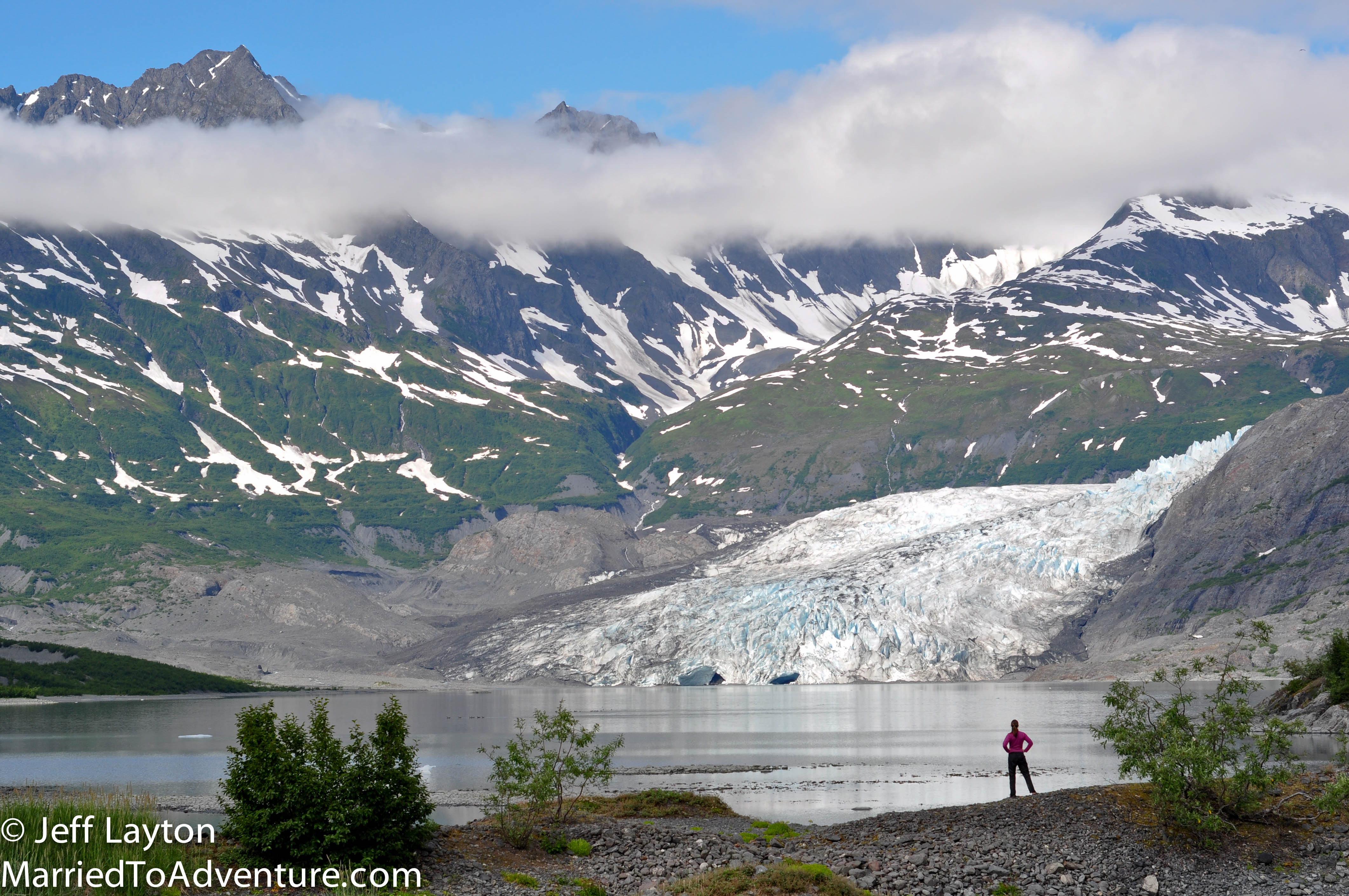
While on assignment in Alaska, we knew we hit photography gold in this bay near Valdez. I probably took 200+ shots in under an hour. This one became a two-page spread in AAA’s Journey Magazine.
“If you can’t tie a knot, tie a lot” is a mantra for boaters who don’t have good knot tying skills. The same is true about photography. Take a bajillion photos and you might get a couple keepers.
Back in the day, a good ratio for film photography was one good photo per roll of film. That hasn’t changed for digital photography, except that memory is much cheaper than film. Now there’s no excuse. Shoot like crazy (using a variety of angles, perspectives and subjects) and eventually you’ll get lucky.
Don’t Cut off the Feet!
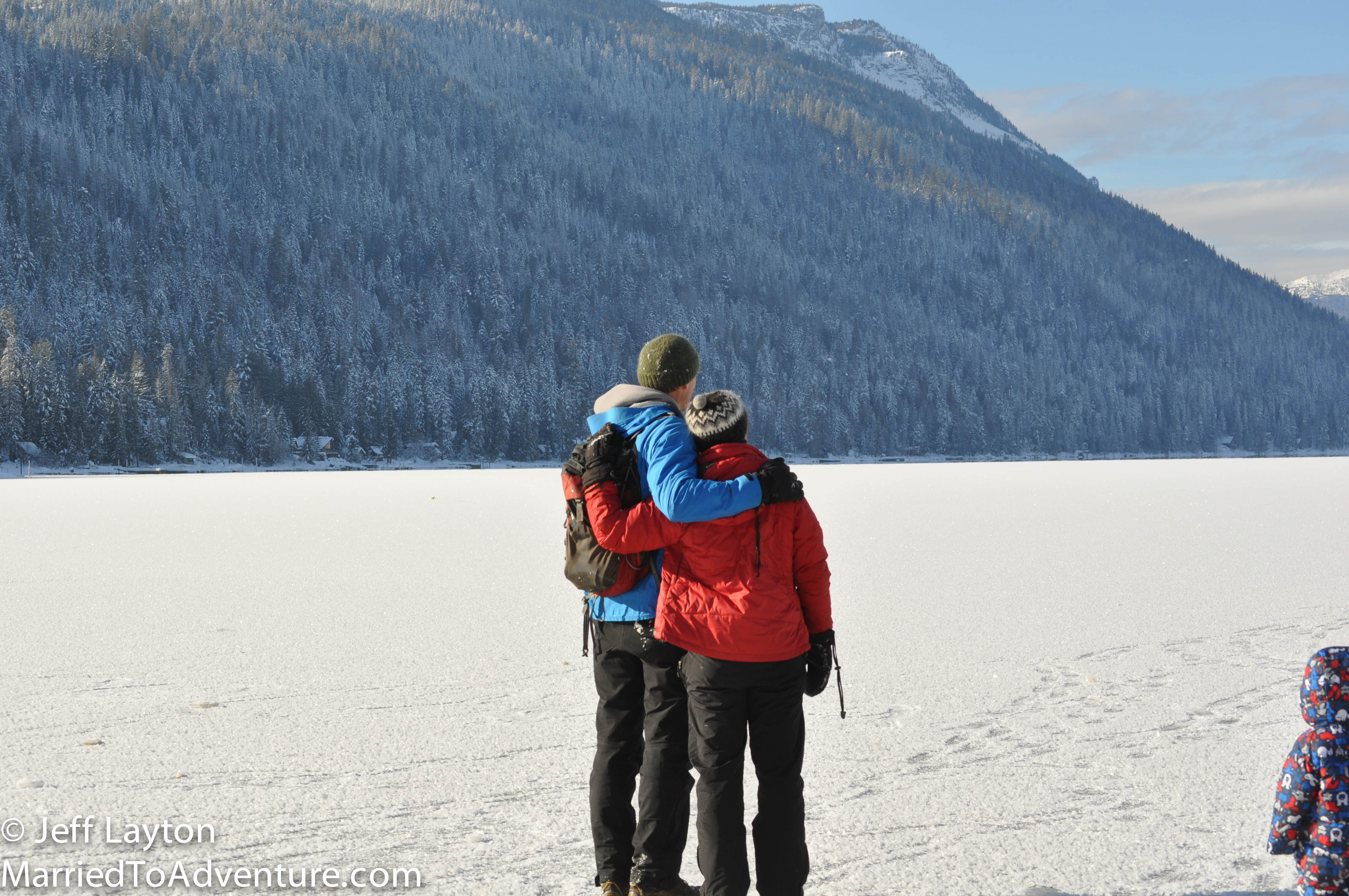
What could have been a charming photo gets ruined because the people are cut off at the ankles. The kid on the right could have been cropped, but there’s no way to get those feet back.
I have a bad habit of zooming in too close and cutting off my subject’s feet. It makes for an awkward photo later. It’s easy to crop a shot during postproduction, but it’s impossible to zoom out once the photo is taken. Give yourself some extra space to trim a photo later. And keep those feet!
Sunrise/Sunset
The best light is in the early morning hours and right before the sun goes down. But this is when people prefer to be sleeping or eating dinner. If you want a prizewinner, you have to make sacrifices!
Don’t Let Photography Ruin the Experience
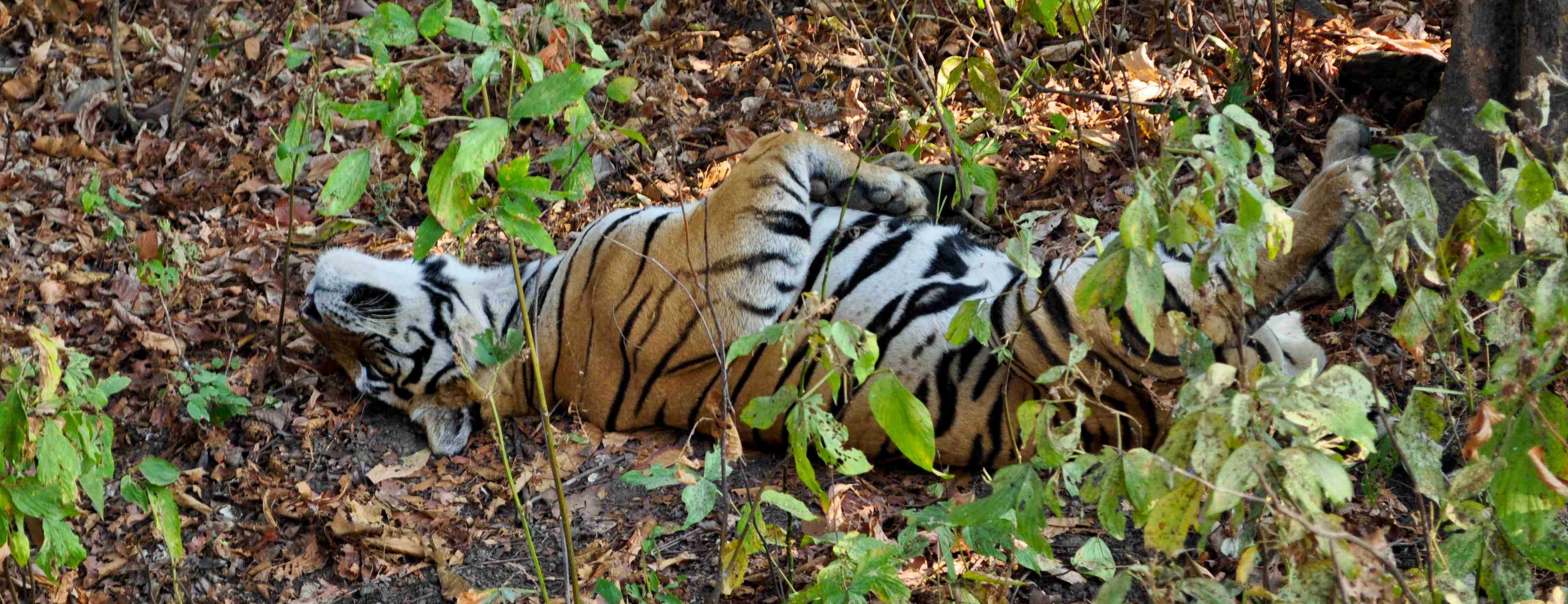
When you finally see that tiger in the wild, don’t forget to put the camera down and savor the moment
There have been countless times when I’ve been so wrapped up in nailing the perfect shot that I completely miss out on enjoying the experience. This is especially true when photographing wild animals. There comes a time when you should put the camera down and remember to actually enjoy what you’re seeing.
